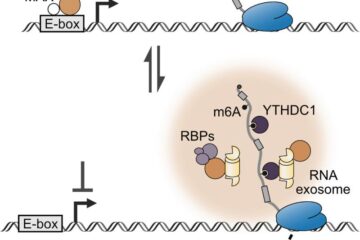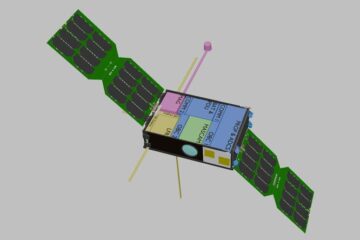Stereoselective Synthesis of cis-4-methylsphingosine and derivatives thereof

<strong>Background</strong><br>
Sphingosine-1-phosphate is a bioactive lipid signaling molecule and an ago-nistic ligand of five specific G protein coupled receptors named S1P1-5.These receptors play a crucial role in the cardiovascular and immune sys-tem and in angiogenesis. The known compound FTY720 (Fingolimod) is a sphingosine analogue with immunosuppressive effects and was recently approved for treatment of multiple sclerosis in the United States and Russia. The synthetic sphingosine analogue cis-4-methylsphingosine was firstly syn-thesized by R. R. Schmidt and coworkers in 1993 in nine steps. Similar to FTY720 this compound is phosphorylated in biological systems and inhibits the activity of different S1P-receptors, however the spectrum of receptors influended by cis-4-methylsphingosine is slightly different to that influenced by FTY720. Cis-4-methylsphingosine induces apoptosis of neuroblastoma cells.</p> <p><span class=“Apple-style-span“ style=“line-height: 15px; „></span></p> <p><strong>Technology</strong> <br> We offer a rapid and simple method for the stereoselective synthesis of cis-4-methylsphingosine and derivatives thereof in only two steps. The novel synthesis is characterized by using easily accessible starting material, and an overall yield of nearly 30% which is almost 100-fold compared to the synthesis known in the art. Since cis-4-methylsphingosine also influences S1P-receptors like FTY70, however with a slight different spectrum, this com-pound might have similar effects or might support or supplement the activity of FTY720. Thereby cis-4-methysphingosine has a great potential for phar-maceutical application. </p> <b>Benefits:</b> <ul> <li>Reliable, easy and rapid method for the preparation of cis-4-methylsphingosine</li> <li>Only two steps form starting material to cis-4-methylsphingosine</li> <li>Cost- and time-effective synthesis</li> <li>100-fold higher yield compared to state of the art synthesis </li> </ul><br> <div style=“margin-bottom:0cm;margin-bottom:.0001pt“><strong>IP Rights</strong></div> <div>European Patent Applic. (05/2011).<br> PCT Application (05/2012). </div> <div> </div> <div><strong>Patent Owner</strong></div> <div>Humboldt-Universität zu Berlin</div><br><br> <b>Find the technology offer and contact details here: <a href=“http://www.ipal.de/technologieangebote/10127″ target=“_blank“>http://www.ipal.de/technologieangebote/10127</a></b>
Weitere Informationen: PDF
ipal GmbH
Tel.: +49 (0)30/2125-4820
Ansprechpartner
Dr. Dirk Dantz
Media Contact
Alle Nachrichten aus der Kategorie: Technologieangebote
Neueste Beiträge

Forschende enthüllen neue Funktion von Onkoproteinen
Forschende der Uni Würzburg haben herausgefunden: Das Onkoprotein MYCN lässt Krebszellen nicht nur stärker wachsen, sondern macht sie auch resistenter gegen Medikamente. Für die Entwicklung neuer Therapien ist das ein…

Mit Kleinsatelliten den Asteroiden Apophis erforschen
In fünf Jahren fliegt ein größerer Asteroid sehr nah an der Erde vorbei – eine einmalige Chance, ihn zu erforschen. An der Uni Würzburg werden Konzepte für eine nationale Kleinsatellitenmission…

Zellskelett-Gene regulieren Vernetzung im Säugerhirn
Marburger Forschungsteam beleuchtet, wie Nervenzellen Netzwerke bilden. Ein Molekülpaar zu trennen, hat Auswirkungen auf das Networking im Hirn: So lässt sich zusammenfassen, was eine Marburger Forschungsgruppe jetzt über die Vernetzung…

















